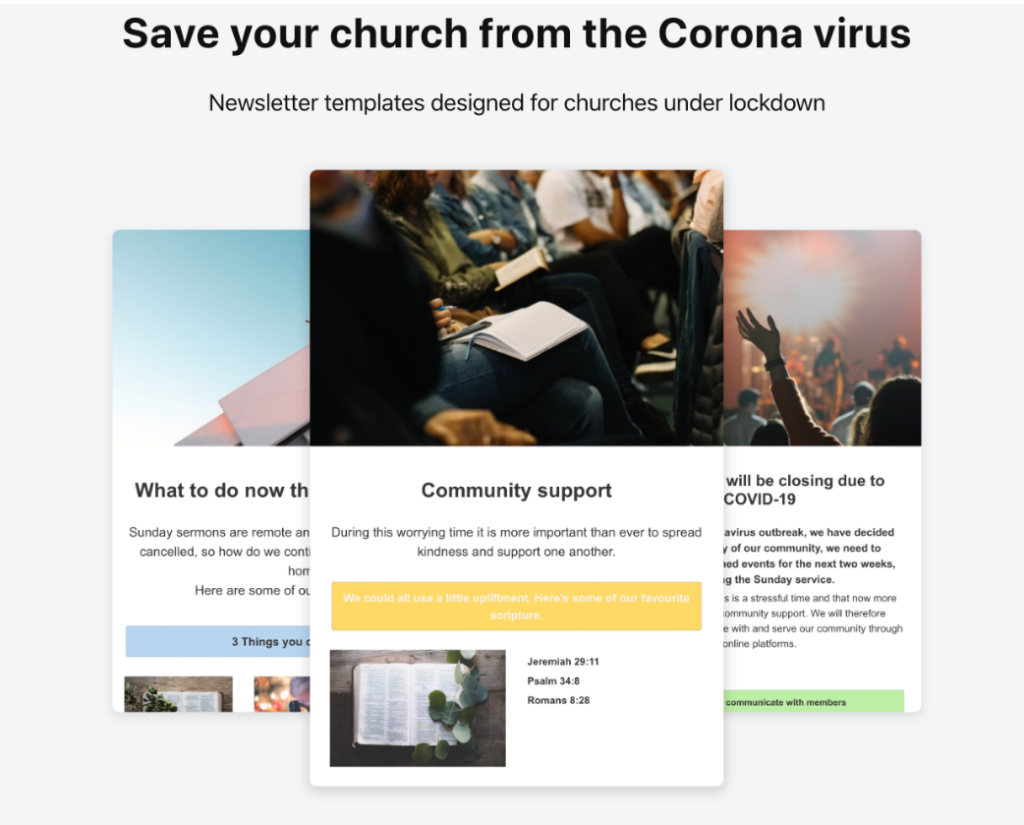When *NOT* To Invest in User Onboarding

Product Led Growth is growing in popularity and User Onboarding can be a make-or-break for your SaaS product’s success. But we would be utter quacks if we pretended it’s *always* the case.
So in this post – a bit subversively – I wanted to talk about when you should actually not sweat your user onboarding and focus on other things instead. There are a lot of things that can kill your business. Sometimes it’s onboarding, but sometimes…it’s something else.
In the something else cases – trying to implement the user onboarding flow optimizations I usually preach about will be just flogging a dead horse. And it may actually kill you.
In this post, I will cover:
- when not to invest in user onboarding
- when not to buy Userpilot
And so…the eponymous question:
When not to invest in user onboarding?
1. Your product is dead simple & you operate in an established category

Sometimes you operate in such an established market/category, or in such a niche product category, that anyone who signs up for your product knows *exactly* what they are doing.
Maybe they need a quick interactive walkthrough to find those two buttons they need to click on in 5 instead of 10 seconds, but that’s about it.
I remember once talking to an email marketing tool founder about this. His company wasn’t growing, and he thought better onboarding would fix it. At that point in time, his tool was dead simple. And by dead simple, I mean *DEAD* simple.
And no, he didn’t have a retention problem because people were not discovering the value of his product.
He had a retention problem because his product wasn’t offering enough value.
If that’s you: adding fancy GIFs to your 3-step product tour won’t save you. Sorry to disappoint. Better put that money into your engineering and product departments (not that the $249 you’d spend on Userpilot per month would make any difference to your engineering department, but you know what I mean.)
2. Your product is a one-trick pony

I’m using this chrome extension that greatly helps me manage my monkey brain and allows me to do some *actual* work instead of watching cat videos on YouTube.
It’s called “StayFocusd” and it does one thing: blocks the sites my monkey brain usually defaults to when I want to procrastinate.
(Well, it also tells me it will assassinate a kitten if I change the time limit I’m allowed to spend on the blocked sites every 24 hours.)
Did I need an extensive product tour to learn how to put “facebook.com” and “linkedin.com” into one of these 5 fields the extension has in the settings?
Nope.
3. You are the only one in your niche/category

Now, this is a little tricky – a competitor can always emerge and scoop your market share by offering a much better UX and a great product onboarding, but I’m being completely honest here…
…if you’re the only one in your niche/category, e.g. you provide supply management software for the manufacturers of luxury horse saddles, then you can simply afford to slack off in the onboarding department.
Your users have nowhere else to go anyway.
It’s a risky choice, but if your TAM (Total Addressable Market) is tiny, your business is your passion project and you don’t have any competitors in sight – you may be better off focusing your efforts on reaching these luxury horse saddle manufacturers via marketing…all 5 of them 🤷♀️.
4. You’re not launching any new features

Some people will immediately respond “then you’re not gonna grow” or even “you will be dead soon mate” but some products are really… just fine as they are.
The company may have fossilized, but then again – it’s their choice. Maybe that’s exactly what they want?
Maybe you run a lifestyle business and you’re quite happy with what you have. Maybe it’s a product that just doesn’t change much. Maybe your users actually want you to keep it simple. (Remember the rage and public outcry when Coca-Cola tried to change its recipe? No? Don’t worry, I don’t either. It was a long time ago and they’ve clearly learnt from their mistakes.)
Whatever it is – if you’re not launching, and especially when you meet any of the above criteria – you don’t really need to invest in your onboarding.
There will be no feature announcements. No new features to add to your evergreen onboarding flow. You can just hard-code an interactive walkthrough, set it, forget it, and enjoy your life.
5. You’re not acquiring new users

Now, here’s where you have a *real* problem.
I know you’ve read the catchphrase “retention is more important than acquisition in SaaS” 10,000 times.
I know you’ve probably seen the HBR study claiming it’s 5 x cheaper to retain a user than to acquire a new one…
…but let’s face it: there are only so many upsells you can push. There’s only so much expansion revenue you can squeeze out of your existing user base.
If your acquisition is gravely broken and you’re not acquiring any new users (provided you don’t have a 100% market share – then you need to expand if you want to grow, of course) – acquisition is what you should be focusing on first. Not fancy interactive walkthroughs.
6. You have a (massive) product problem

Again, if your product is bleeding new signups because it simply doesn’t solve the right problem, or it’s so buggy it makes the users throw their laptops out of the window in rage after their first run experience – a better onboarding will not fix it.
You need to go back to the drawing board and see how you can address the need of your users better. Or maybe even pivot, if you discover you’re solving a problem that…simply doesn’t exist.
Or isn’t important enough for anyone to care about let alone spend a dime on.
Maybe you need to just buckle down and fix those damn bugs.
Either way – in any of the cases above, a better user onboarding won’t help you.
You haven’t self-diagnosed based on this list?
If you’ve read this list and realize…
“Damn! She set all my excuses on fire! I actually really *do* need to work on my user onboarding!”
Fantastic news! Userpilot happens to be a great tool for user onboarding (and many, many other use cases: Product Adoption? User analytics? User sentiment? All for just over $200 per month?!).

But hey – this post is not about persuading you to do something. It’s about persuading you *NOT* to do something.
We’ve written plenty of posts why you should choose Userpilot already – no need to repeat myself. You will find enough reasons here, here and here.
So true to form – I want to tell you when you should *NOT* invest in Userpilot, even if you need an onboarding tool.
When not to invest in Userpilot?
You don’t have the resources to work on your onboarding
Resources can mean different things, of course. Maybe you don’t have the time. Or maybe you don’t have the money.
Whatever it is – to make the most out of Userpilot, you need to have someone who will use it regularly.
Onboarding is not a set-and-forget activity. You should iterate, A/B test, build onboarding flows for secondary features, create new feature announcements, and build those features into your evergreen onboarding.
Then you should measure your user sentiment, with an NPS score or a microsurvey. And then – you should actually act on it. By building more in-app experiences pointing the users in the right direction.
But do you have the time for this? Do you have the budget? Even if you don’t have a product team or a Product Marketing Manager who can do all that should be done when you think “onboarding” – can you at least hire a freelancer who can set these experiences up for you?
If the answer to all of the above is “no” – then Userpilot will not be right for you. Nor any other onboarding tool, in fact.
You’re looking for employee onboarding on third-party products
Userpilot is a product user onboarding tool, used mostly by SaaS products or on platforms/websites.
It doesn’t work on third-party products and so won’t be great for an employee onboarding use case (unless you want to train them to use your own product -then Userpilot will be perfect)!
You’re looking for mobile app onboarding
Unfortunately, Userpilot is currently available only for Responsive Web Apps and websites.
But watch this space 😉
Final Thoughts
I hope I haven’t ruined your Product-Led Worldview with this post – and if I have, I’ve certainly saved you a few $$$.
In theory, everybody should invest in user onboarding. In practice – as with anything in the complex “real world” – it depends.
Now you know on what.

